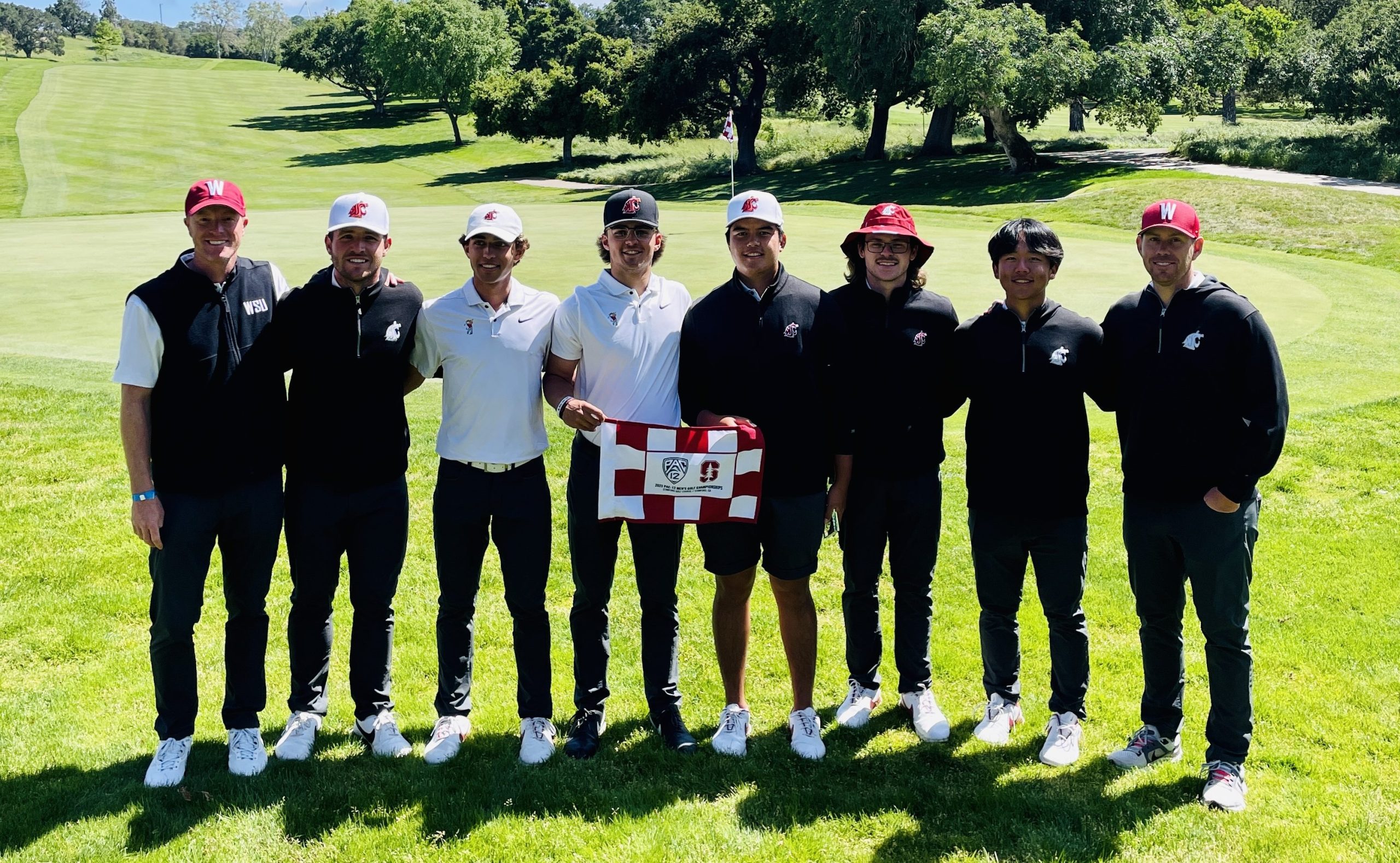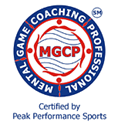Mike Fleck, the longtime men’s golf coach at Ball State, has been talking about Golfweek’s National Golf Invitational all spring. As he coached his players over the .500 hurdle, he wanted them to understand what opportunities lay on the other side.
Postseason eligibility, for the NCAA and NGI, is contingent upon a team finishing the regular season with a winning record. The NGI decided to adopt that same postseason guideline to stay consistent regarding a team playing after its conference championship. Fleck spoke to his men frequently about the importance of getting into a postseason-eligible position, especially now that a new opportunity is on the table. The NGI debuts this year at Ak-Chin Southern Dunes in Maricopa, Arizona.
Ball State wasn’t far off the .500 mark after the first half of the season, but their spring slate was no cakewalk. After winning the Butler Invitational on March 28, Ball State ran the Power 5 gauntlet in April.
“We played in Vanderbilt’s event, which was a really strong field,” he said. “We played in Purdue’s event, which had Oklahoma and a handful of Big 10 teams and was a strong field. We played at Illinois and they had five or six Big 10 teams and it was a strong field.
“The challenge was there for us to try to get that thing north of .500. We kind of held serve at several of those events.”
Ball State enters the NGI ranked No. 132 in the Golfweek/Sagarin College Rankings, but landed at No. 97 in Golfweek’s spring-only rankings.
The big test, and ultimately the performance that secured an NGI bid for Ball State, came at the Mid-American Conference Championship. A win would send the team to NCAA regionals as an Automatic Qualifier, but the Cardinals needed to be third or better to be postseason eligible. Fleck laid out both scenarios plainly.
“We felt like we had a team, and were playing with some momentum, that was capable of winning,” he said.
Ball State worked its way up from seventh after the first round to second and in the final round, paired with Kent State and Northern Illinois, the Cardinals held their position. The AQ went to Northern Illinois, and that was still a tough pill for Ball State to swallow. An NGI bid made it go down easier.
“It’s exciting and it’s something that college golf has needed for quite some time now to match up with our peer sports at the college level,” Fleck said of the NGI debut. “For us to be a part of the inaugural event I think is pretty special. I think it carries a little bit more weight and meaning any time you’re the first to do something and being involved with this event is definitely something we’re excited about and looking forward to the opportunity.”
Fleck last took a team to the postseason in 2013, when Ball State was assigned to an NCAA regional in Pullman, Washington. They advanced to the NCAA Championship after winning a sudden death playoff with San Diego State.
Fleck has employed much the same gameplan for preparation a decade later, dispatching his players to compete in some independent events now that the semester is over. Two of the top three spots in the Indianapolis Open went to Ball State players, with a third finishing T-15, and fifth-year senior Joey Ranieri won a U.S. Open local qualifier in Cincinnati.
Expect Ball State to hit the ground running at Ak-Chin Southern Dunes.
“It would be cool to be the first,” Fleck said. “That’s what’s pretty special about this event this year.”
Likewise, Washington State wasn’t ready to be done after a historic run at the Pac-12 Championship last month. So while senior Pono Yanagi played an NCAA regional in Morgan Hill, California, this week as an individual, finishing T-32, his teammates back home continued to prepare for the NGI.
“I think the rest of the guys want to play more golf as well,” White said. “We want to be playing in a regional ourselves, but I think this is a good first step and a taste of the postseason. It’s an opportunity to showcase what our guys are capable of.”
Washington State would need the NCAA to grant Yanagi a waiver to play with his team at the NGI after already competing in a regional. White said that hasn’t come through, so the Washington State lineup was in a bit of limbo mid-week.
Still, the energy is good as the Cougars continue to work out, play qualifying rounds and hone in on areas of their game Ak-Southern Dunes will test.
The Cougars could arrive in Arizona with some serious wind in their sails after finishing third at Pac-12s. Washington State gave a gutsy performance after starting their weeks with their backs against a wall, needing a fifth-place finish or better to be postseason eligible.
White likens the conference championship to the season-opening Husky Invitational, which his team rallied to win. The focus at Pac 12s wasn’t to squeak out a top 5, but rather to attack the day, play the golf course and see what happens.
“You never know in a six-count-five-format,” White said of Pac-12s. “That’s kind of a different animal. Our guys really stepped up and the fight they showed was really special to watch. We had some moments where it really could have gone sideways but they just hung in there and played some really nice golf.
“We got paired with Arizona State and Stanford. They kind of got a front-row seat to what some of these other teams are like and how they’re built, and they stood tall and they played their own game and we walked out of there with a great finish.”
Now it’s time to stride right into the postseason.
Ball State and Washington State will join 11 other schools from 12 different states in this first-year postseason event that is expected to grow in popularity in coming years.








